Along the journey of transformation of traditional business models over the past decade, enterprise architectures have evolved a great deal too. Owing to the magnanimous digital transformation in past few years, business architectures have become more flexible. This poses a challenge for traditional enterprises to cope up with the changing trends.
Rapidly changing scenarios
Management hierarchy in the digitally equipped businesses like E-commerce and cloud based systems are taking decisions unheard of in traditional ecosystems heretofore. They require much less time and resources to incorporate the changes arising in the market in to their business model. This calls for a change in traditional business architecture to incorporate the elements of digital transformation to their systems.
What needs to be done?
First, businesses need to group their processes and systems in two parts, digital business capabilities and transactional capabilities. This will help enterprises to direct their resources properly to each category and therefore be able to compete in the digital world.
The evolution model also calls for lightweight connections to improve transmission performance and save the unnecessary time lags. Also, businesses need to focus on improving customer experiences online as well as offline.
Applying DevOps to business processes, and other IT infrastructure and integrations help businesses to evolve their architecture to combat with the recent trends in the industry.

